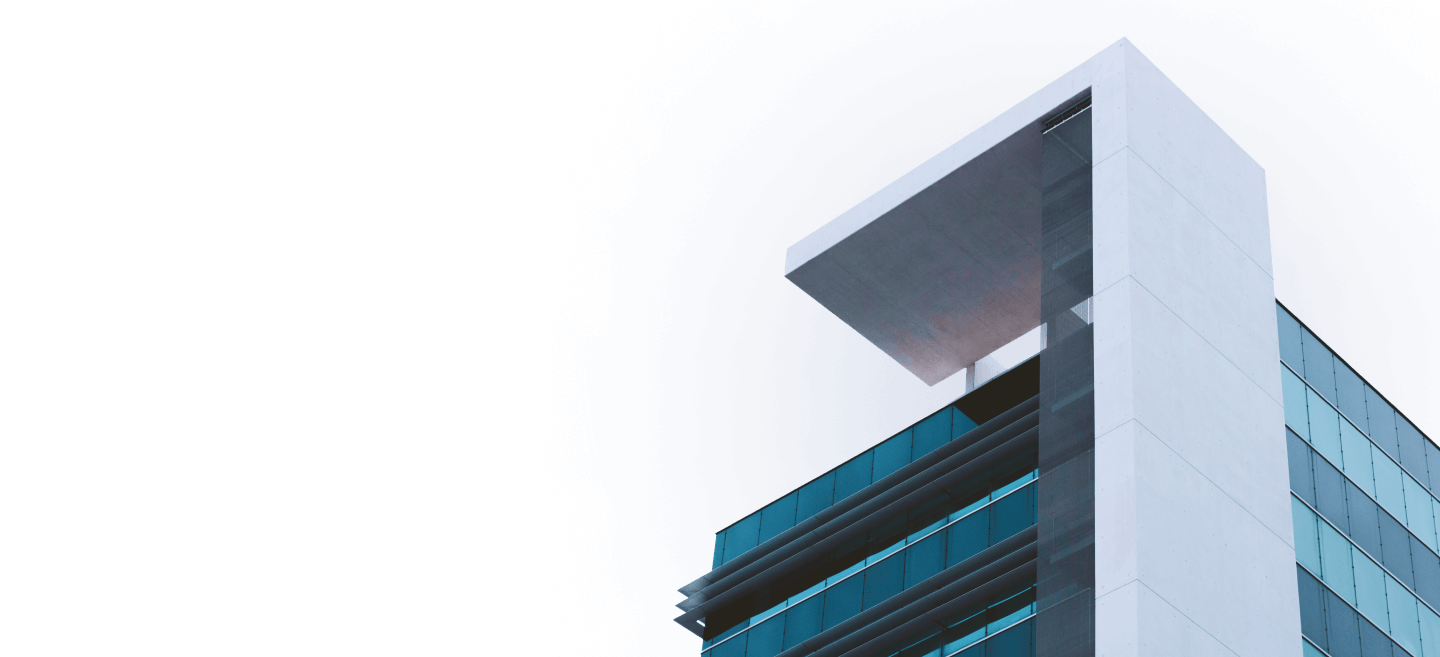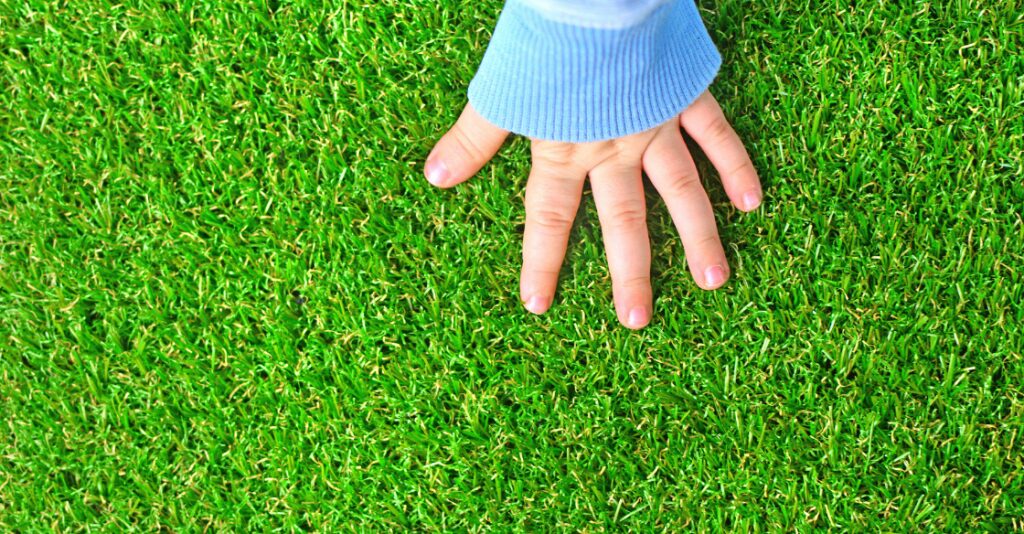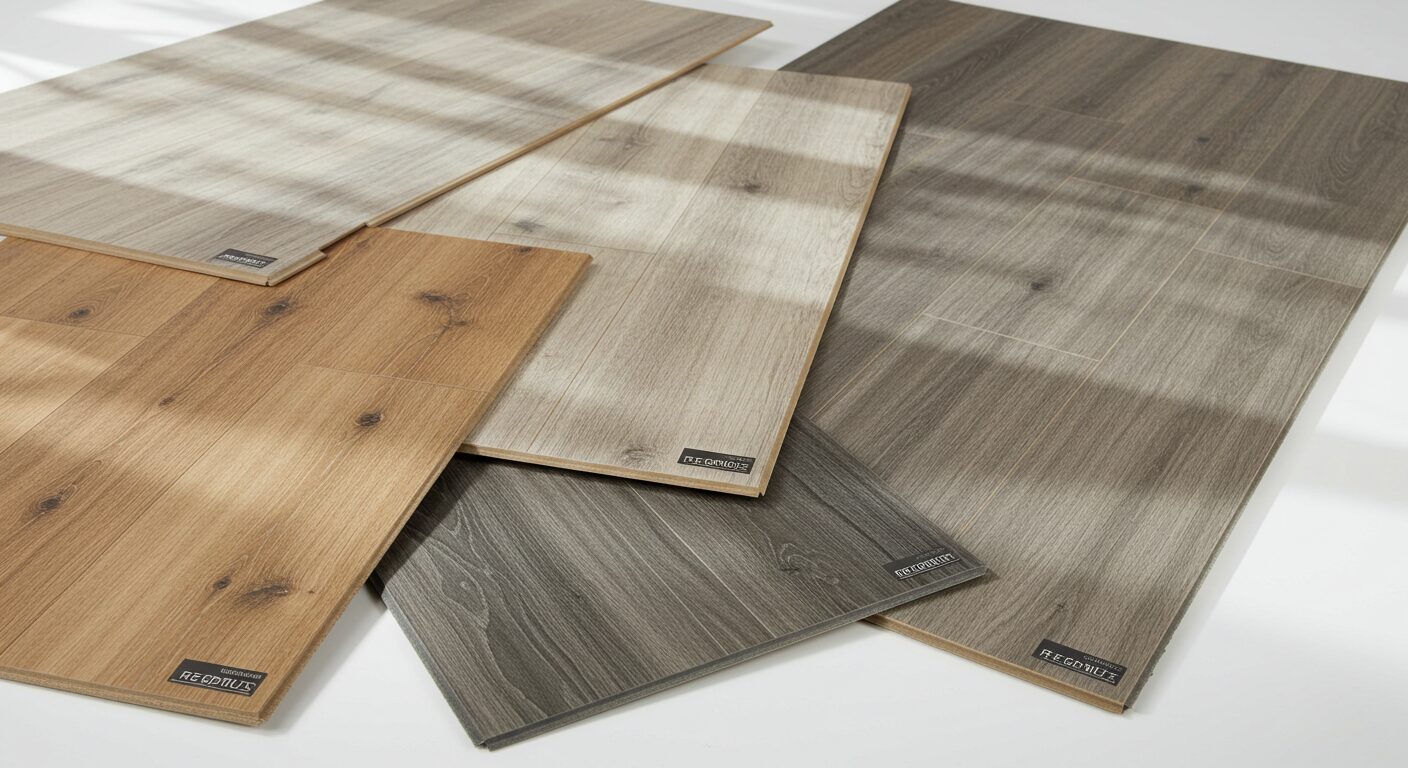Artificial lawns are more durable than natural grass and can withstand harsher conditions. Maintenance for artificial lawn grass turf is also low, as it doesn’t require regular irrigation, seeding, or mowing. Proper installation and routine cleaning are sufficient to provide you with a resilient, aesthetic turf that will last for several years. Here are a few maintenance tips for artificial turf:
Keep the Turf Clean
To prevent damage to your turf, establish a regular cleaning schedule to keep your lawn clean. Remove all leaves, twigs, stones, and other debris using a broom, plastic rake, or leaf blower. Regular cleaning prevents the organic matter from breaking down and discourages weed growth on your artificial lawn grass turf. You can rinse the turf with a hose to remove dust, pollen, and fine dirt. If you spot tough stains or discoloration, schedule professional turf cleaning to restore the original look.
Address spills and stains immediately for easy removal using soap and water. If you have pets, pick up solid waste immediately and rinse the area with water. You can spray urine spots with a turf deodorizer after rinsing the area to help control any odors. Avoid harsh cleaning agents that may damage turf grass fibers and backing.
Protect the Turf From Damage
Artificial turf is made from resilient materials, including polyethylene and polypropylene. Despite their strength, the fibers are vulnerable to extreme heat and sharp or abrasive objects. Avoid placing hot items on the grass, such as grills, tongs, or pans, when cooking outdoors. Sharp tools and unpadded furniture legs may damage the fibers or punch through the backing. Avoid placing heavy machinery and loads on the turf or its edges.
You can brush the fibers to maintain upright blades and a natural look. Use a broom with stiff bristles and brush against the fibers’ natural grain to prevent flattening in high-traffic areas. To protect the turf from weed growth, inspect the edges regularly for signs of germination. Remove the shoots manually or consult your turf installer about safe weed killers for synthetic grass.
Address Potential Issues Early
Artificial turf is installed on flat, compacted surfaces or subfloors and features drainage systems to prevent water pooling. Over time, the installation will naturally age and experience wear and tear. Edges may become loose, and the ground beneath can shift during freeze-thaw cycles, resulting in low or high areas.
Schedule timely snow removal to relieve your turf of the extra weight during freezing winters. If you notice water pooling or damaged sections, request quick repairs to prevent further deterioration. You can consult your turf installer about seasonal inspections and maintenance.
Check the lawn’s infill levels and add more if necessary. Over time, the rubber or sand infill can shift and scatter due to strong winds and foot traffic. Some also break down into fine particles and are washed away during cleaning or heavy rain. Professionals will refill and redistribute the infill as needed.
Install Artificial Lawn Grass Turf Today
Modern artificial turf is made from safe, heavy-duty fibers that require minimal maintenance. They’re also designed to resemble natural grass and feature custom colors and variations. Speak to an artificial lawn grass turf installer today to find out more about their products and services.









Leave a Reply